Select an Orthopaedic Specialty and Learn More
Use our specialty filter and search function to find information about specific orthopaedic conditions, treatments, anatomy, and more, quickly and easily.
GET THE HURT! APP FOR FREE INJURY ADVICE IN MINUTES
Shoreline Orthopaedics and the HURT! app have partnered to give you virtual access to a network of orthopaedic specialists, ready to offer guidance for injuries and ongoing bone or joint problems, 24/7/365.
Browse Specialties
-
- Minimally Invasive Surgery (Arthroscopy)
Arthroscopy (Minimally Invasive Surgery)
Arthroscopy is a minimally invasive surgical procedure used by orthopaedic surgeons to visualize, diagnose, and treat problems inside the joint. Because it requires only tiny incisions, arthroscopy can be performed without a major, invasive operation and many procedures can be done on an outpatient basis.
More Info -
- Neck and Back (Spine)
- Pediatric Injuries
Backpack Safety
Backpacks that are too heavy or are worn incorrectly can cause a variety of problems for people of any age, especially children and teenagers. An improperly used backpack can injure muscles and joints, leading to severe back, neck and shoulder pain, as well as posture problems. However, backpacks do not cause scoliosis.
More Info -
- Hand & Wrist
Dupuytren’s Contracture
Dupuytren’s contracture is a thickening of the fibrous tissue layer underneath the skin of the palm and fingers. It is a painless condition and not dangerous, however, the thickening and tightening (contracture) of this fibrous tissue can cause the fingers to curl (flex).
More Info -
- Foot & Ankle
Morton’s Neuroma
Morton’s neuroma is not actually a tumor—it is a thickening of the tissue that surrounds the digital nerve leading to the toes. Morton’s neuroma most frequently develops between the third and fourth toes, and occurs where the nerve passes under the ligament connecting the toe bones (metatarsals) in the forefoot.
More Info -
- Pediatric Injuries
- Sports Medicine
Overuse Injuries in Children
Although the benefits of athletic activity are significant, young athletes are at greater risk for injury than adults because they are still growing. Some children play on multiple team sat the same time while others participate in one sport, all year long. Repetitive use of the same muscle groups places unchanging stress to specific areas of the body, leading to muscle imbalances that, when combined with overtraining and inadequate rest periods, can put children at serious risk for overuse injuries.
More Info -
- Foot & Ankle
- Sports Medicine
Peroneal Tendon Injuries
Basic types of peroneal tendon injuries are tendinitis, acute and degenerative tears, and subluxation. Peroneal tendon injuries occur most commonly in individuals who participate in sports that involve repetitive or excessive ankle motion. People with higher arches have an increased risk for developing peroneal tendon injuries.
More Info -
- Neck and Back (Spine)
Preventing Back Pain
Back pain can vary according to the individual and underlying cause. The pain may dull, achy, sharp, stabbing, or it may feel like a cramp, or “charley horse.” The intensity of pain may worsen with certain activities, such as bending, lifting, standing, walking or sitting.
More Info -
- Joint Disorders
- Shoulder
- Sports Medicine
Shoulder Dislocation
A dislocated shoulder occurs when the head of the upper arm bone (humerous) is either partially or completely out of its socket (glenoid). Whether it is a partial dislocation (subluxation) or the shoulder is completely dislocated, the result can be pain and unsteadiness in the shoulder.
More Info -
- Diagnostics & Durable Medical Equipment (DME)
Traditional X-RAY, CT Scan, MRI
Diagnostic imaging techniques are often used to provide a clear view of bones, organs, muscles, tendons, nerves and cartilage inside the body, enabling physicians to make an accurate diagnosis and determine the best options for treatment. The most common of these include: traditional and digital X-rays, computed tomography (CT) scans, and magnetic resonance imaging (MRI).
More Info






